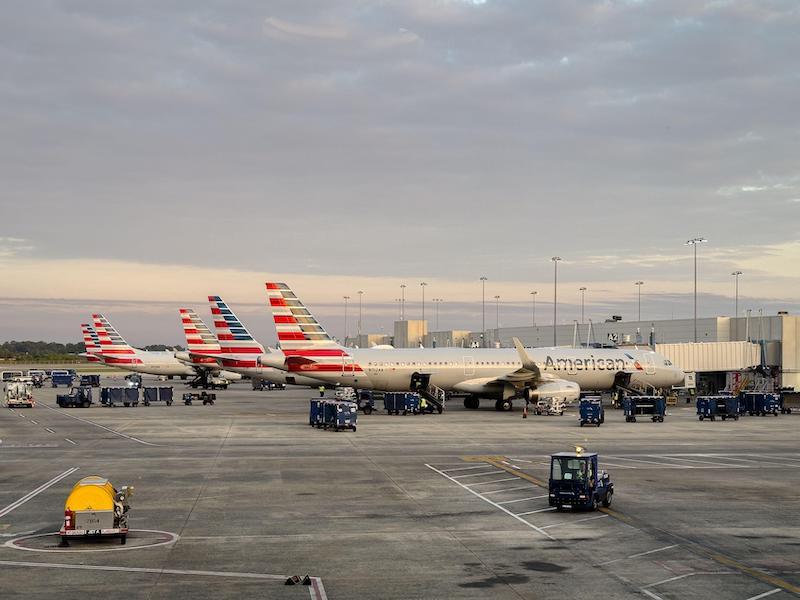Strong U.S. Airline First-Half 2024 Macro Demand Belied Pricing Weakness

Credit: Carrie Hanrahan/Alamy Stock Photo
Apparent strong demand in the U.S. domestic airline market in the first half of 2024 was in the “eye of the beholder,” with many routes proving unprofitable despite high numbers of passengers reported at U.S. airports, Airlines for America (A4A) Chief Economist John Heimlich said. The U.S...
Subscription Required
Strong U.S. Airline First-Half 2024 Macro Demand Belied Pricing Weakness is published in Aviation Daily, an Aviation Week Intelligence Network (AWIN) Market Briefing and is included with your AWIN membership.
Already a member of AWIN or subscribe to Aviation Daily through your company? Login with your existing email and password
Not a member? Learn how to access the market intelligence and data you need to stay abreast of what's happening in the air transport community.





